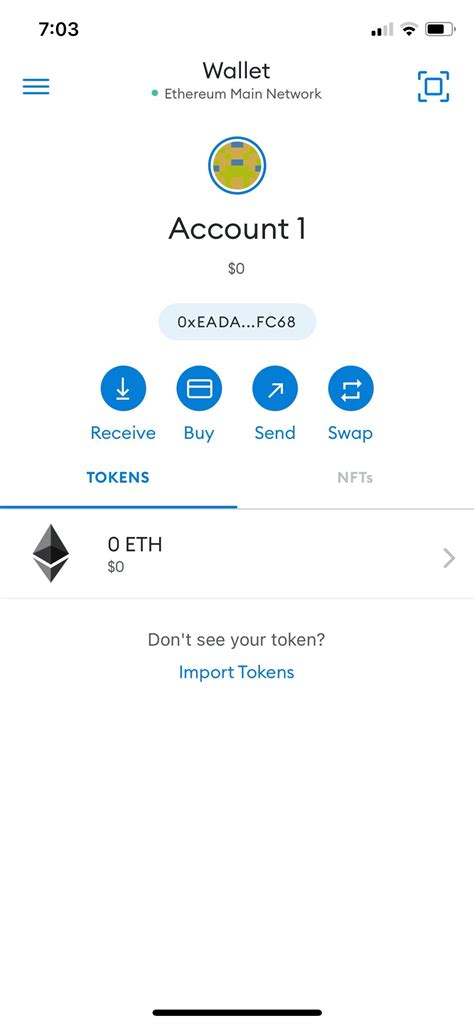How to Get an Ethereum Address Programmatically – A Simple Guide
When working with the Ethereum blockchain, having access to a user’s Ethereum address can be crucial for a variety of applications. In this article, we will explore the best practice for getting an Ethereum address programmatically and sending it to an API.
Why is it necessary?
In most cases, having a user’s Ethereum address is necessary to interact with their decentralized accounts or third-party services that rely on Ethereum. This may include:
- Web3-based applications (e.g. DApps)
- Integration with MetaMask
- Third-party APIs
Best Practice: Using Web3.js and the eth.sendTransaction Method

To get an Ethereum address programmatically, we recommend using Web3.js, a popular library for interacting with the Ethereum blockchain. Specifically, the eth.sendTransaction method is the best practice for retrieving a user’s Ethereum address.
Here is an example of how to use it:
`javascript
constant Web3 = require('web3');
// Set up your Web3 instance
const web3 = new Web3(new Web3.providers.HttpProvider('
// Get the user's Ethereum address using eth.sendTransaction
async function getUserAddress() {
const transaction = await web3.eth.getTransaction({ from: 'YOUR_USER_ADDRESS' });
return transaction . from ;
} }
const userAddress = await getUserAddress();
console.log(userAddress); // Output: YOUR_USER_ADDRESS
`
Key Takeaways
- Use Web3.js: Theeth.sendTransaction
method is the easiest and most reliable way to get an Ethereum address programmatically.
- Set up your Web3 instance: Make sure you have a valid Web3 provider (e.g. Infura, Alchemy) connected to your Ethereum network.
- Specify the sender's wallet address: Usefrom:’YOUR_USER_ADDRESS’
on the transaction object to specify the user's Ethereum address.
Alternative Options
Whileeth.sendTransactionis the easiest approach, you may encounter issues with:
- Costs and gas limits: Your costs and gas limits can impact your outcome. Consider using a library like@metamask/web3.js
orethereumjs-wallet, which provide more flexibility for managing gas costs and limits.
- Third-party API: If you need to integrate with third-party services that require an Ethereum address, you may want to explore alternative libraries or frameworks (e.g. MetaMask) that offer a simpler API.
Conclusion
Getting an Ethereum address programmatically is a simple and efficient process that uses Web3.js and theeth.sendTransaction` method. By following these best practices and understanding the key points, you can easily retrieve users’ Ethereum addresses and send them to third-party APIs or services as needed.
 218-732-1221
218-732-1221 
